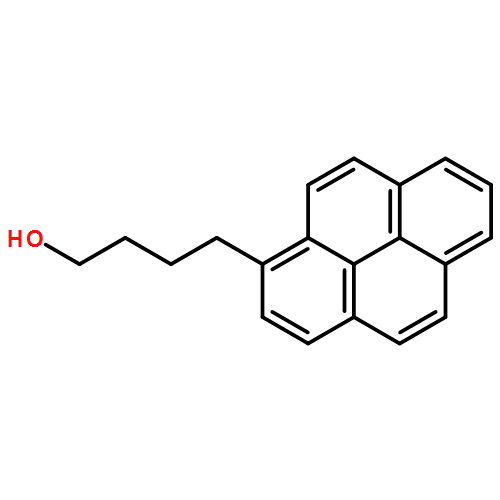Co-reporter: Matthew C. D. Carter and David M. Lynn
pp: 5063
Publication Date(Web):June 20, 2016
DOI: 10.1021/acs.chemmater.6b01897
We report approaches to the design of covalently crosslinked and physically stable surface coatings with chemically labile and dynamic surface features based on the functionalization of azlactone-containing materials with alcohol-, thiol-, and hydrazine-based nucleophiles. Past studies demonstrate that residual azlactone groups in polymer multilayers fabricated by the reactive layer-by-layer assembly of poly(2-vinyl-4,4-dimethylazlactone) and branched poly(ethylenimine) can react with amine-based nucleophiles to impart new surface and bulk properties through the creation of chemically stable amide/amide-type bonds. Here, we demonstrate that the azlactone groups in these covalently crosslinked materials can also be functionalized using less nucleophilic alcohol- or thiol-containing compounds, using an organic catalyst, or converted to reactive acylhydrazine groups by direct treatment with hydrazine. These methods (i) broaden the pool of molecules that can be used for post-fabrication functionalization to include compounds containing alcohol, thiol, or aldehyde groups and (ii) yield surface coatings with chemically labile amide/ester-, amide/thioester-, and amide/imine-type bonds that make possible the design of new dynamic and stimulus-responsive materials (e.g., surfaces that release covalently bound molecules or undergo changes in extreme wetting behaviors in response to specific chemical stimuli). Our results expand the range of functionality that can be installed in, and thus the range of new functions that can be imparted to, azlactone-containing coatings beyond those that can be accessed using primary amine-based nucleophiles. The chemical approaches demonstrated here using model polymer-based reactive multilayer coatings are general and should thus also prove useful for the design of new responsive surfaces based on other types of azlactone-functionalized materials.
